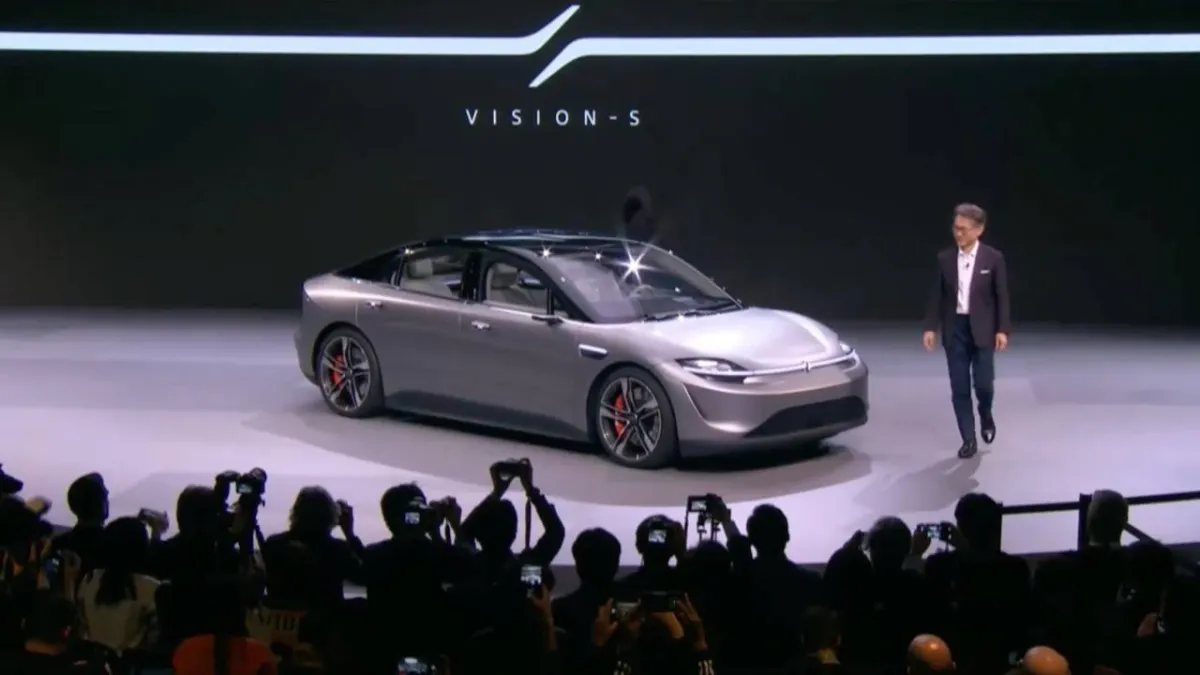Who needs concept products?

The CES (Consumer Electronic Show) is held annually in Las Vegas. Journalists flock to the event and bombard social media with pictures, articles, and videos of improbable products that will never see the light of the market.
Historically, the rock stars of the show have been connected to fridges and bizarre TV formats. As the other products at the show, they strive to encapsulate the latest consumer fads wrapped with as much technology hype as possible.
They simply end up demonstrating the lack of market acumen of these companies. And of course, most of the time, nothing revolutionary comes out of this…
To be fair, shrewd veterans still attend the event to challenge their expectations on technology readiness levels for embedded AI, drone autonomy, or domotics. For the specialists, free insights are to be gained by contrasting this parade of products that will never launch to the reality of the market.
But don’t be mistaken; the harsh reality of the CES Las Vegas lies in this sole contrast. When companies boast about their vision and deliver concept products to the press, you should be worried for them. (And if you’re a startup, you might question why your ecosystem would want you to attend.)
Is it cool that Sony just unveiled an electric car at the CES? Sure…
Do you know what’s even cooler? This:
/cdn.vox-cdn.com/uploads/chorus_asset/file/13546788/sokane_181116_3101_fremont_0053.jpg)
This is the reality of the innovation market: vision is cheap, and shipping is hard.
—
Extra links to follow-up:




